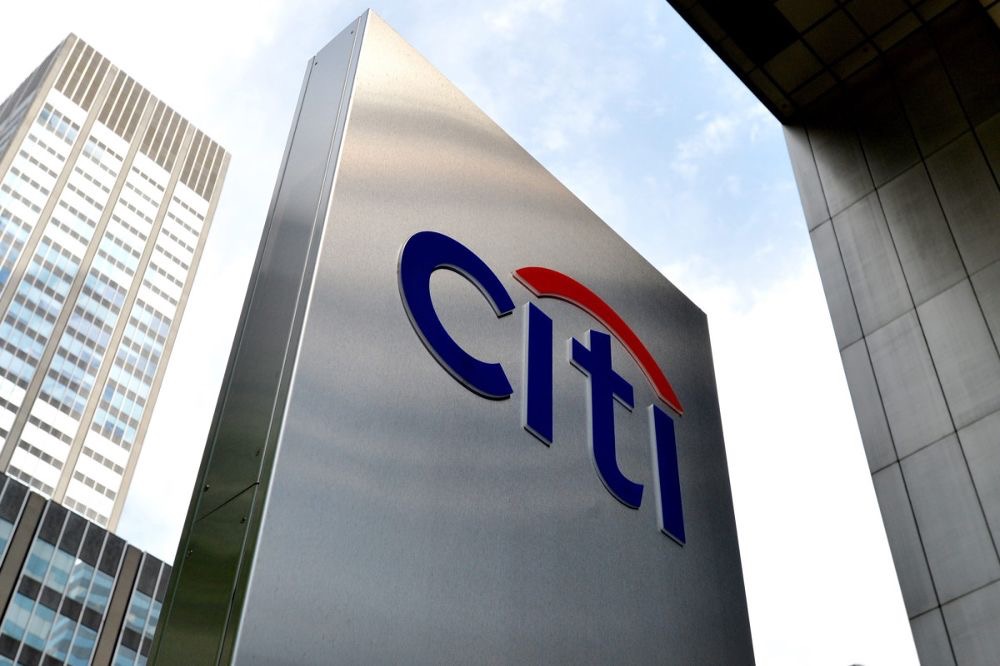In the fast-paced world of Silicon Valley, where innovation and relentless competition go hand in hand, Nvidia, the global leader in graphics processing units (GPUs), has emerged as a prime example of the tech industry’s demanding work culture. Reports have surfaced that many Nvidia employees are working seven days a week, with shifts stretching until 2 a.m., a stark contrast to the company’s image of a cutting-edge workplace. However, despite the grueling hours, these employees remain firmly tied to the company, bound by the “golden handcuffs” of lucrative stock options and bonuses.
A Culture of High Expectations
Nvidia, headquartered in Santa Clara, California, has become synonymous with technological advancement, particularly in AI and gaming. This success comes at a cost. According to insiders, the company fosters a culture where employees are expected to push their limits, often working long hours to meet tight deadlines and achieve ambitious goals. The pressure to perform is intense, with managers and executives frequently emphasizing the importance of meeting project timelines to stay ahead in the competitive tech landscape.

Employees describe a work environment where the pace is relentless, with little room for downtime. “There’s an unspoken expectation that you’re always available,” said one current employee who requested anonymity. “Weekends aren’t really weekends anymore. It’s just more time to get things done.”
The Toll on Employees
The physical and mental toll of such a demanding schedule is significant. Employees report experiencing burnout, stress, and a lack of work-life balance. The late-night work culture has also led to health concerns, as consistent sleep deprivation and prolonged stress levels have been linked to a variety of chronic conditions.
Yet, despite these challenges, turnover remains surprisingly low. Nvidia’s employees are not leaving in droves, and for a significant reason: the “golden handcuffs.”
The Golden Handcuffs: Why Employees Stay
The term “golden handcuffs” refers to the combination of financial incentives that make it difficult for employees to leave a company, despite challenging work conditions. At Nvidia, these handcuffs come in the form of generous stock options, substantial bonuses, and other financial perks that reward loyalty and tenure.
Nvidia’s stock has soared in recent years, driven by the company’s dominance in AI and gaming markets. Employees who have been with the company for several years often find themselves sitting on valuable stock options that could be worth millions. This creates a powerful incentive to stay, even if the work environment is less than ideal.
“I’ve thought about leaving,” said another employee. “But then I look at my stock options, and it just doesn’t make financial sense. It’s a trade-off—stress and long hours now for potential financial freedom later.”
The Trade-off: Innovation vs. Employee Well-being
Nvidia’s situation is not unique in Silicon Valley, where the pursuit of innovation often comes at the expense of employee well-being. However, the company’s success, particularly in the booming AI sector, has led to a debate about whether such a demanding work culture is sustainable in the long run.

Critics argue that while the financial rewards may be significant, the cost to employees’ health and personal lives is too high. On the other hand, supporters point out that the high-pressure environment is part of what drives Nvidia’s success, pushing employees to achieve breakthroughs that might not be possible in a more relaxed setting.
The Road Ahead
As Nvidia continues to dominate the tech industry, the question remains: can the company sustain its growth without addressing the toll its work culture takes on employees? The answer may lie in how the company balances its drive for innovation with the need to support the well-being of its workforce.
In the meantime, Nvidia’s employees continue to work around the clock, driven by the promise of financial rewards and the prestige of working at one of the world’s leading tech companies. For now, the golden handcuffs remain firmly in place, keeping the workforce tethered to a company that demands everything but offers much in return.












